Product Description
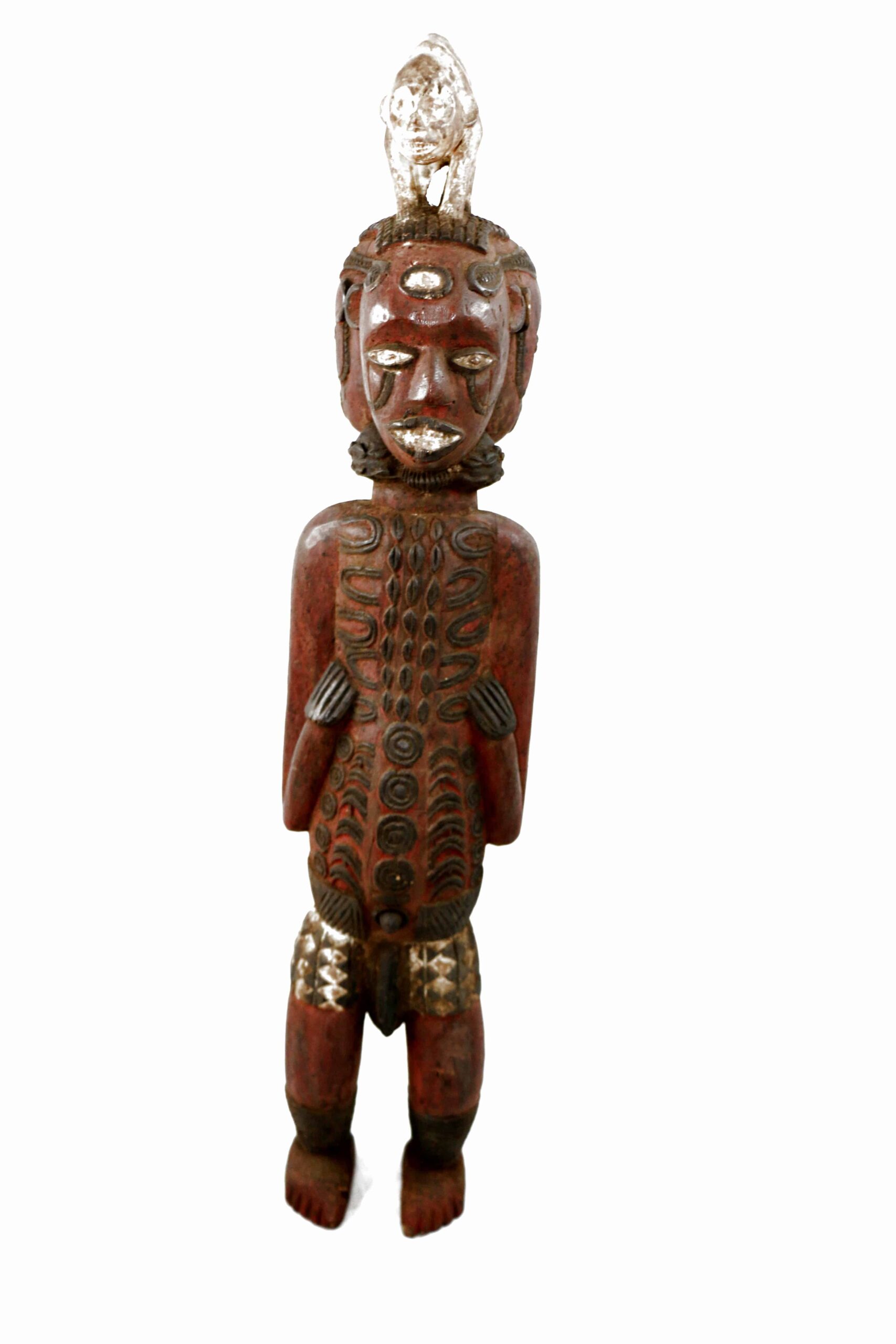
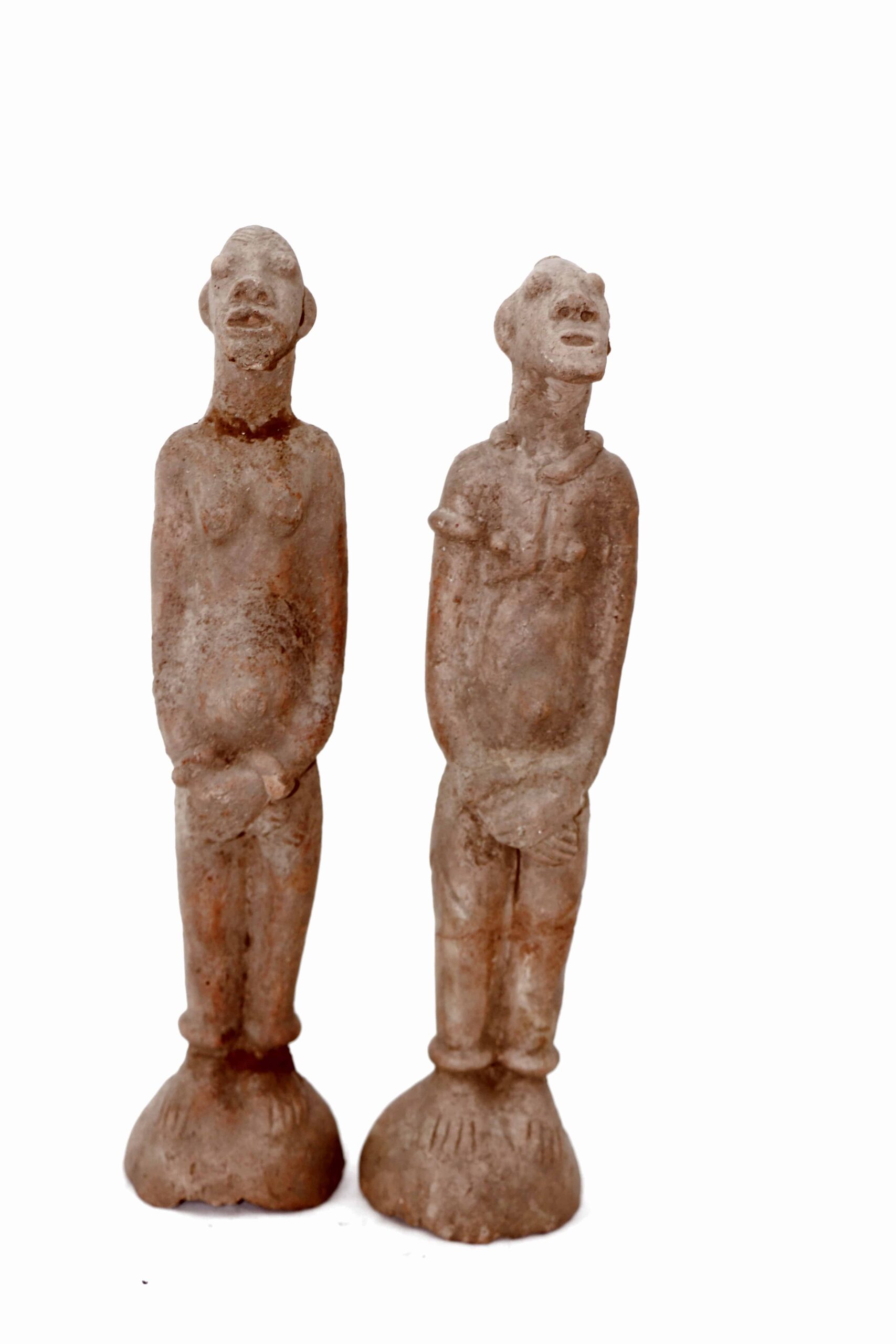
Ancestral Terracotta Nok Figure – Nigeria
This ceramic depiction of an ancestral elder was made by the Nok people of Nigeria, at the very start of the first millennium AD. This piece is a classic of the Nok culture. Little is known of the original function of the pieces, but theories include ancestor portrayal, grave markers, and charms to prevent crop failure, infertility, and illness. Also, based on the dome-shaped bases found on several figures, they could have been used as finials for the roofs of ancient structures.
Made of 100% terracotta.
Model is W 48 – H 15 and weight 1.2 kg.
Description
This ceramic depiction of an ancestral figure was made by the Nok people of Nigeria, at the very start of the first millennium AD. The Nok style and technique is very unusual because of the manner in which coiled and subtractive sculpting methods were used to capture likenesses. The body is relatively naturalistic, shaped in a series of graceful curves into a sitting or kneeling position with one knee up and the other flexed against the floor. Little is known of the original function of the pieces, but theories include ancestor portrayal, grave markers, and charms to prevent crop failure, infertility, and illness. Also, based on the dome-shaped bases found on several figures, they could have been used as finials for the roofs of ancient structures.
The astonishing artistry and early date of Nok pieces rank them among the most important artworks on the African continent and they occupy a major position for analysts of African cultural systematics as well as in terms of their sheer aesthetic value. The function of Nok terracotta sculptures is still unknown. For the most part, the terracotta is preserved in the form of scattered fragments. That is why Nok art is well known today only for the heads, both male, and female, whose hairstyles are particularly detailed and refined. The statues are in fragments because the discoveries are usually made from alluvial mud, in terrain made by the erosion of water. The terracotta statues found there are hidden, rolled, polished, and broken. Rarely are works of great size conserved intact making them highly valued on the international art market.
The Nok culture is an early Iron Age population whose material remains are named after the Ham village of Nok in Kaduna State of Nigeria, where their famous terracotta sculptures were first discovered in 1928. The Nok Culture appeared in northern Nigeria around 1000 BC and vanished under unknown circumstances around 500 AD, thus having lasted for approximately 1,500 years. The first Nok terracotta was discovered in 1928 by Colonel Dent Young, a co-owner of a mining partnership, near the village of Nok on the Jos Plateau in Nigeria
Additional information
| Weight | 1.2 kg |
|---|---|
| Dimensions | 15 × 48 cm |
Leave a reply Cancel reply
Returns and Exchanges
There are a few important things to keep in mind when returning a product you purchased.You can return unwanted items by post within 7 working days of receipt of your goods.
- You have 14 calendar days to return an item from the date you received it.
- Only items that have been purchased directly from Us.
- Please ensure that the item you are returning is repackaged with all elements.
Ship your item back to Us
Firstly Print and return this Returns Form to:
30 South Park Avenue, San Francisco, CA 94108, USA
Please remember to ensure that the item you are returning is repackaged with all elements.
For more information, view our full Returns and Exchanges information.


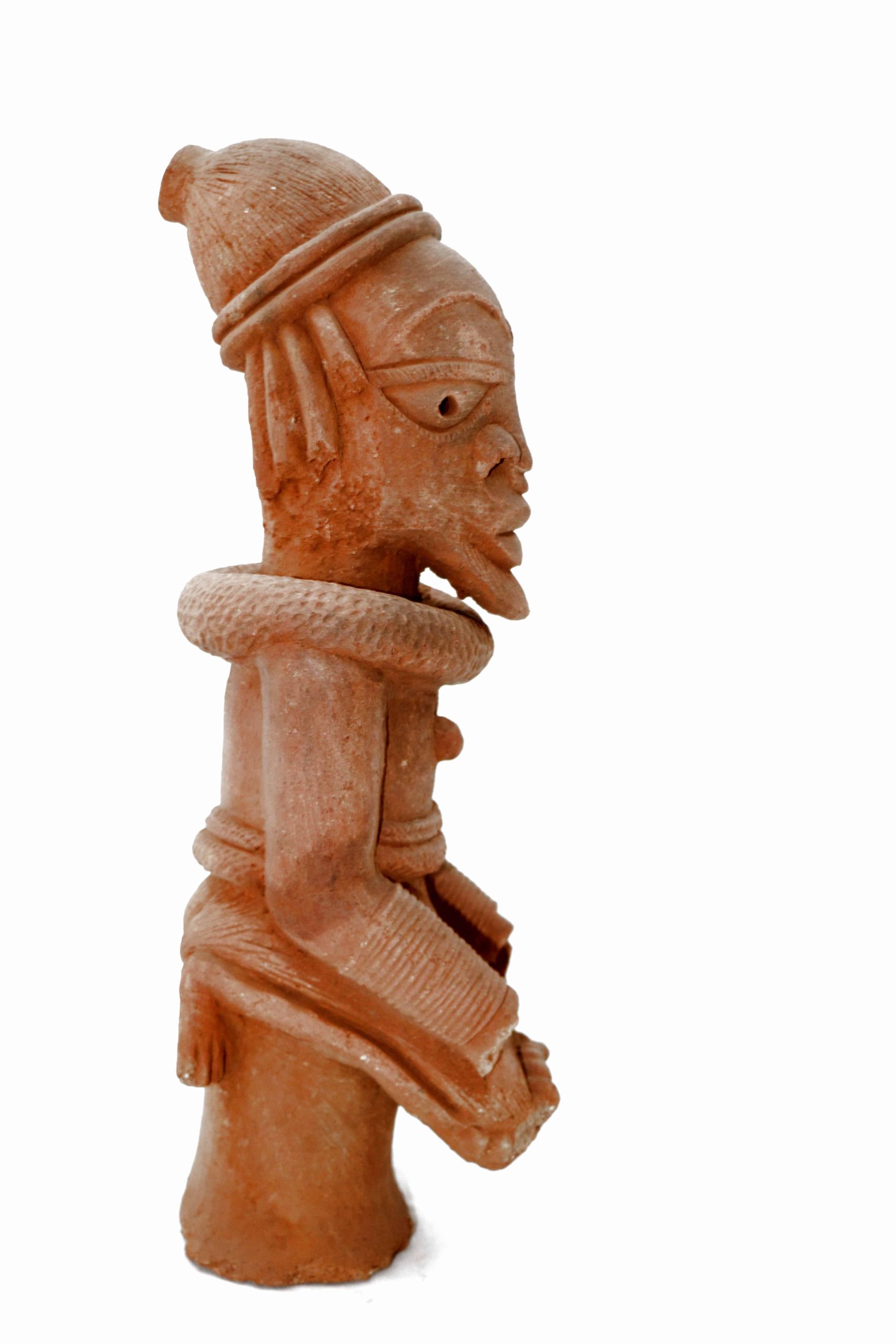
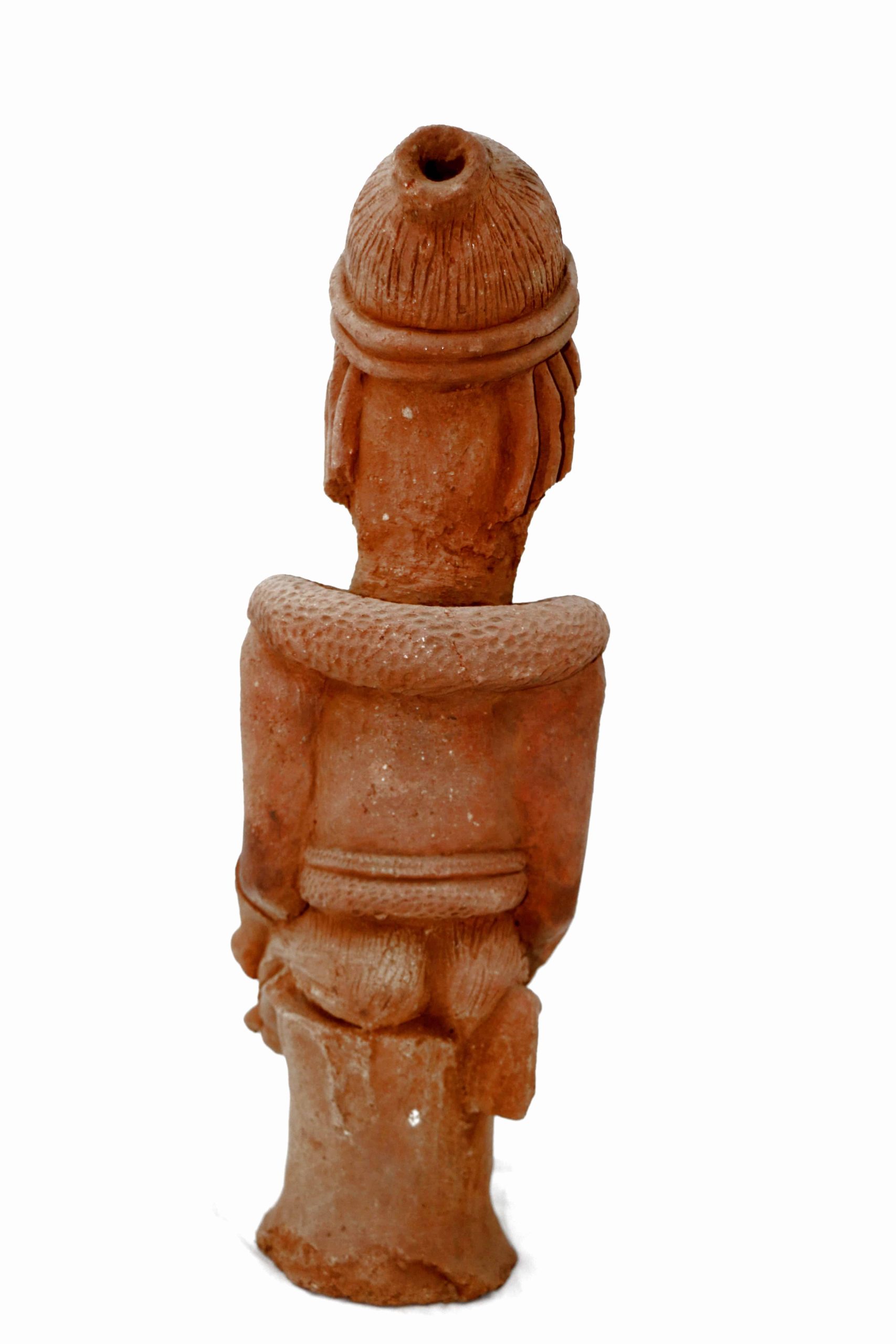

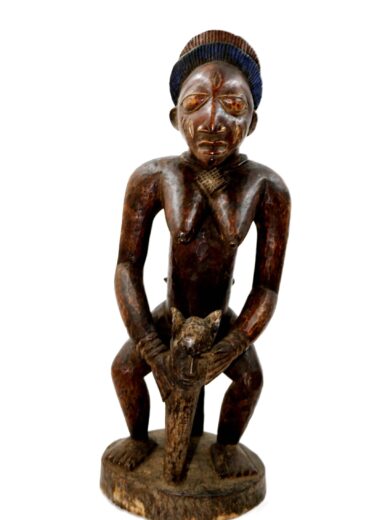
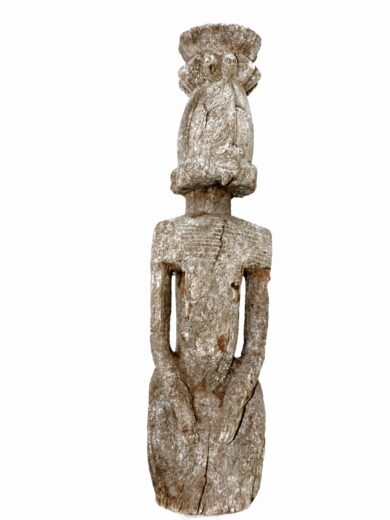
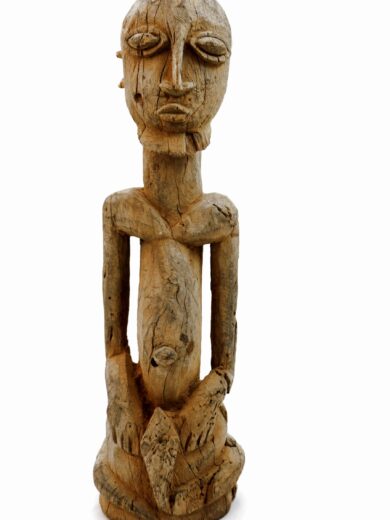

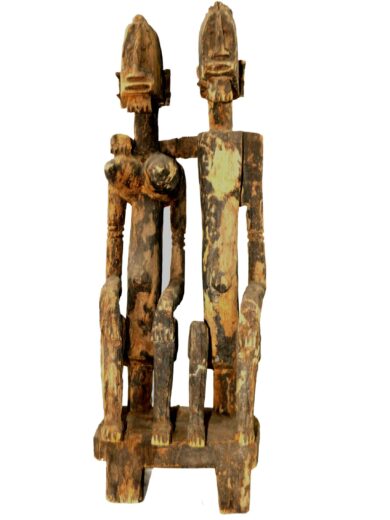


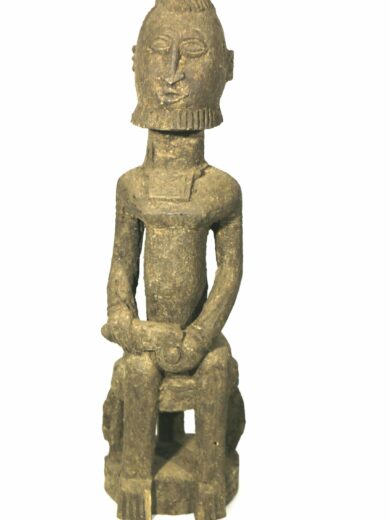
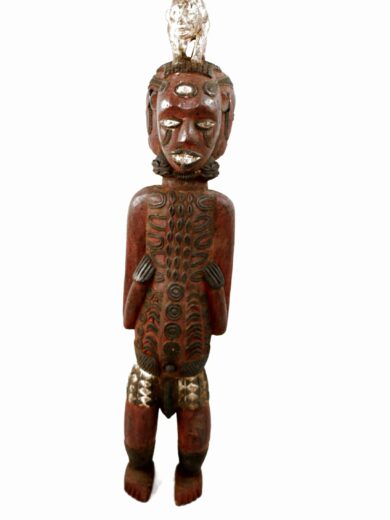
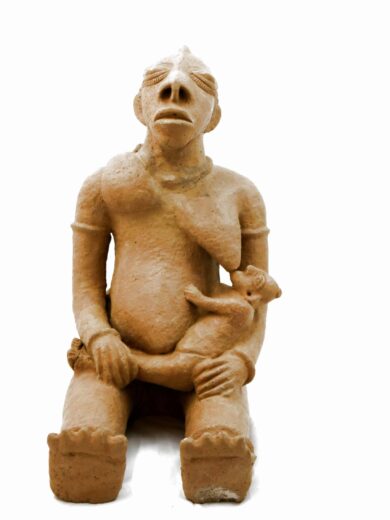
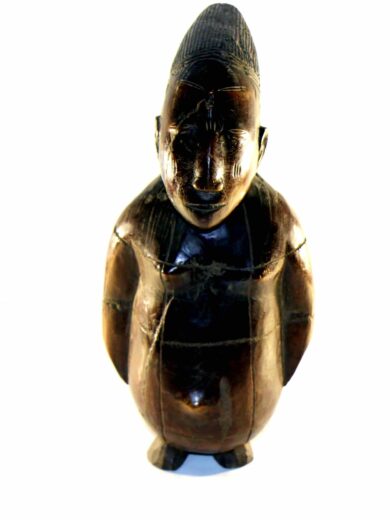
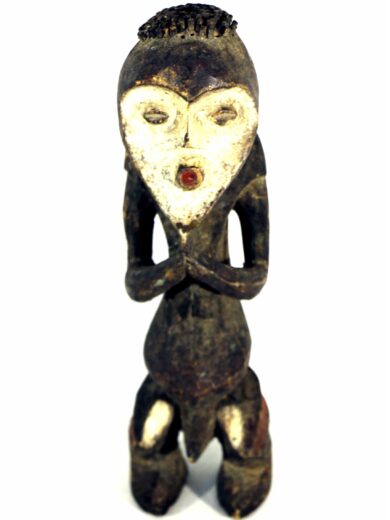

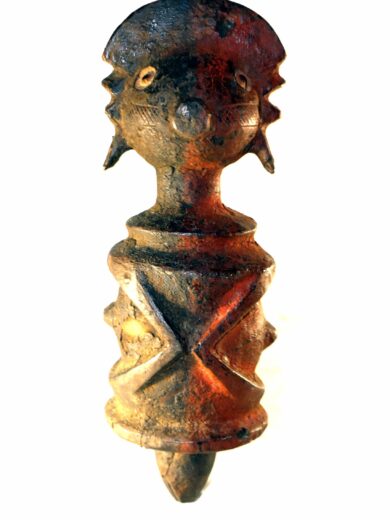

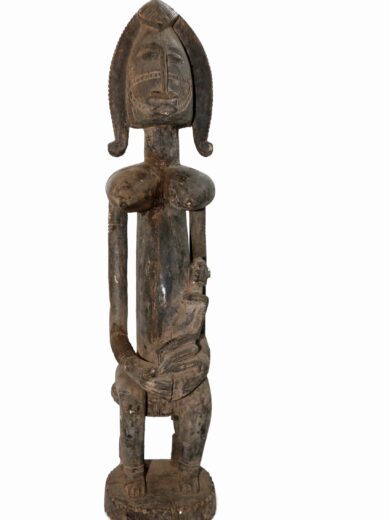
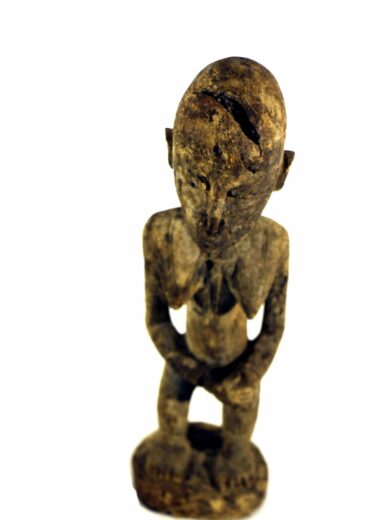


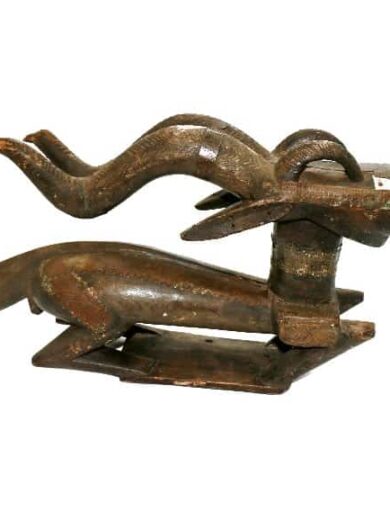


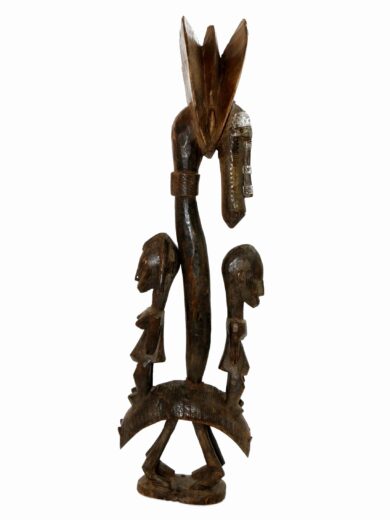
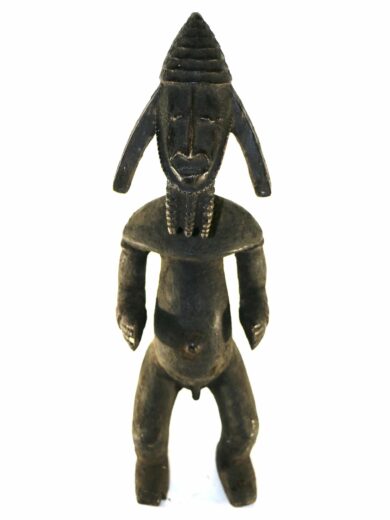
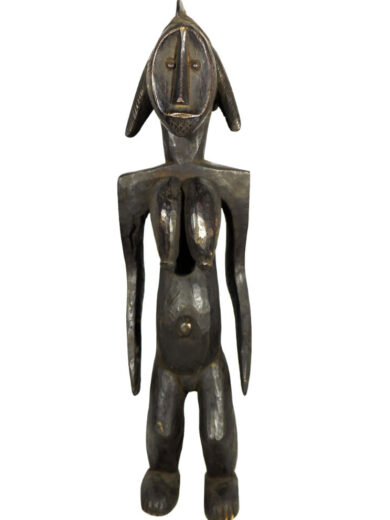

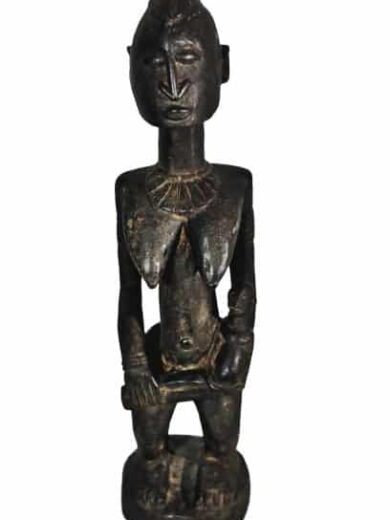
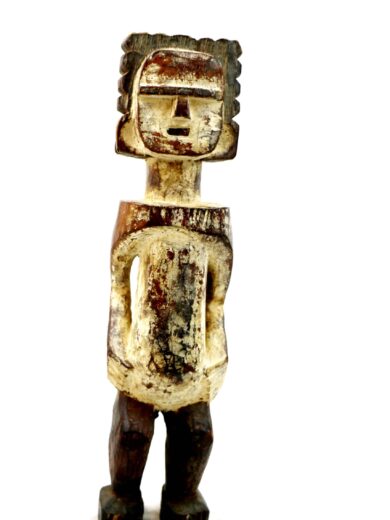
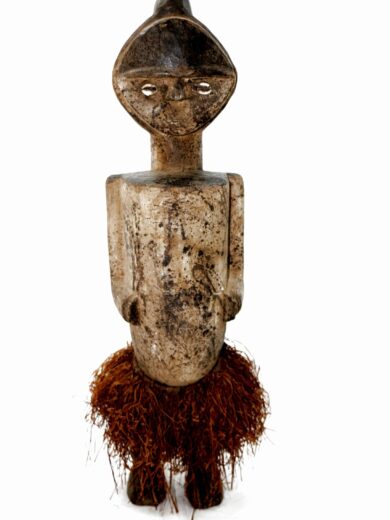
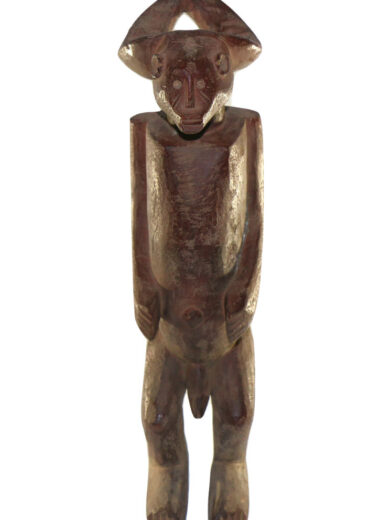
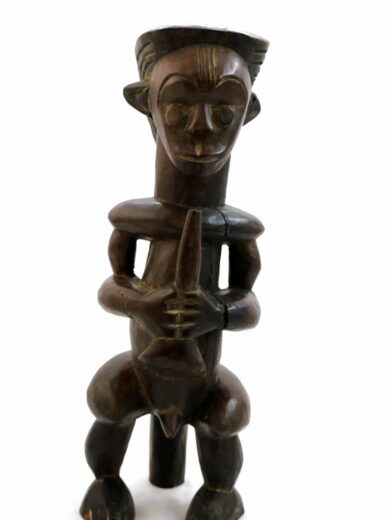
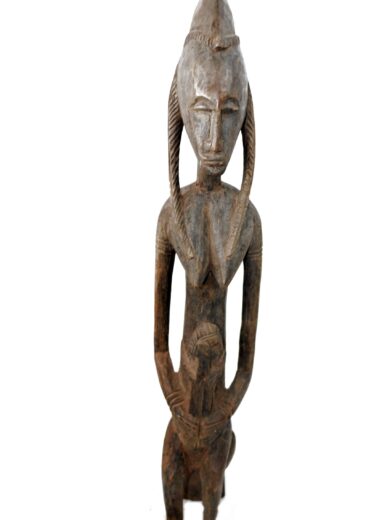
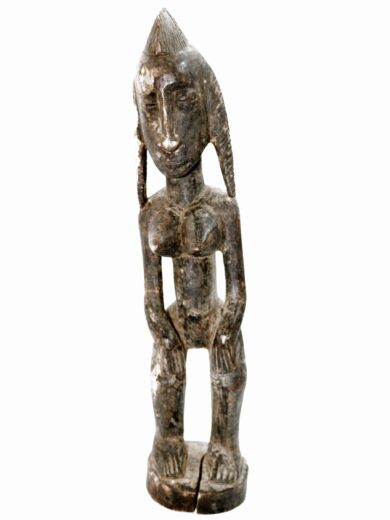
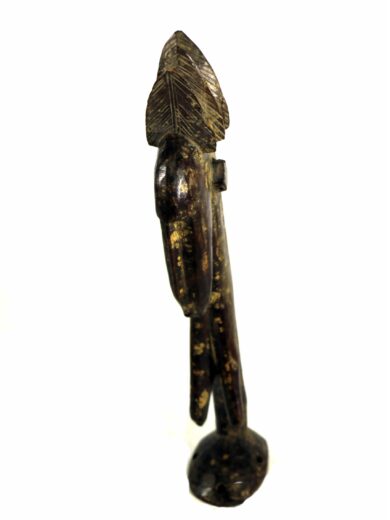

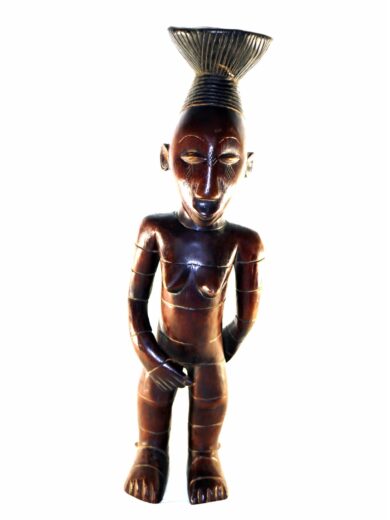
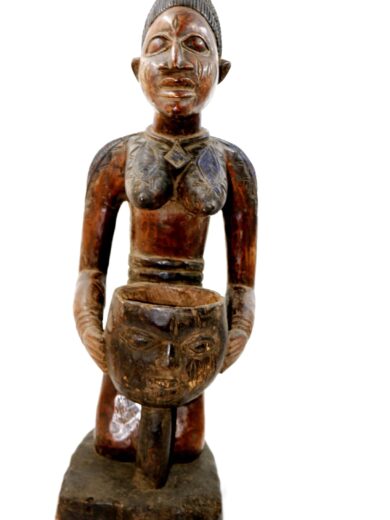
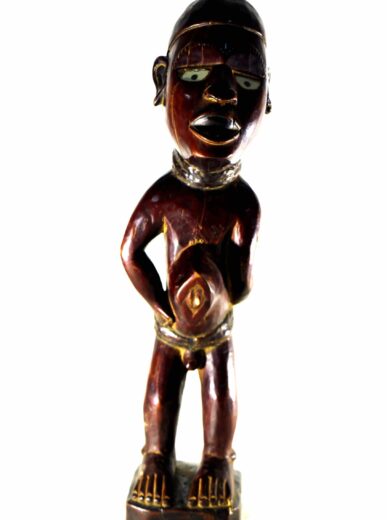
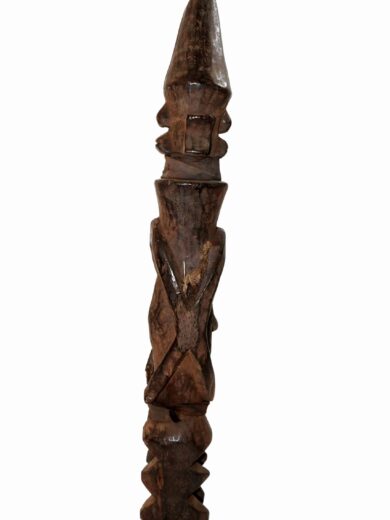
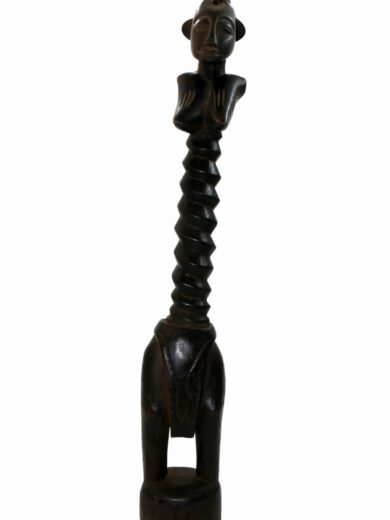
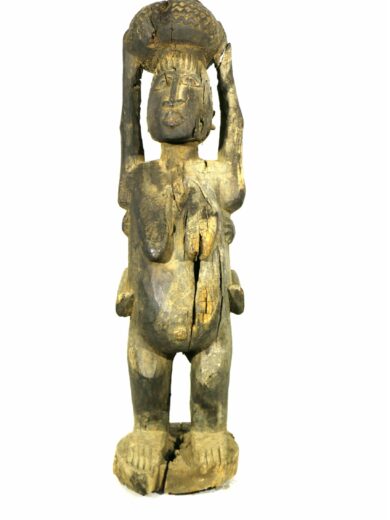

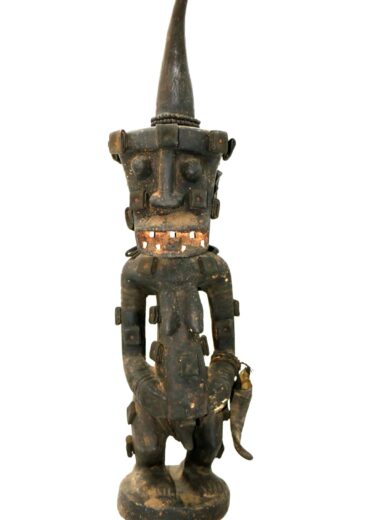

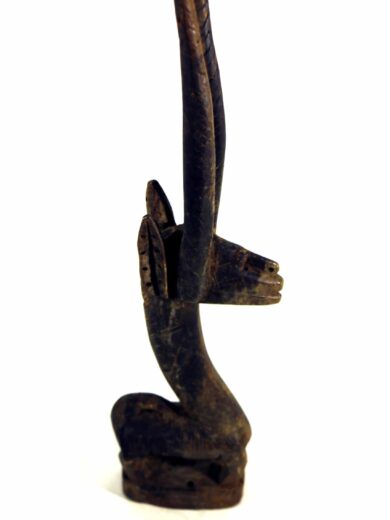
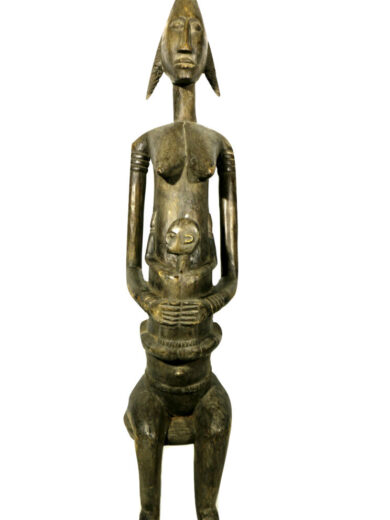
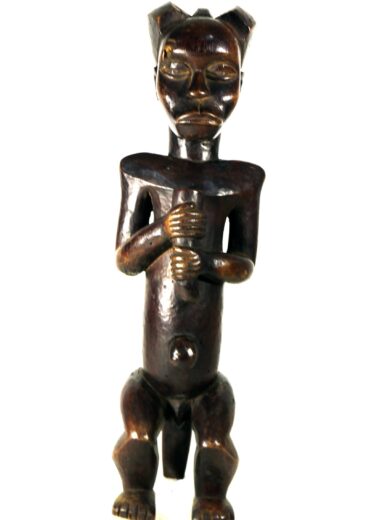

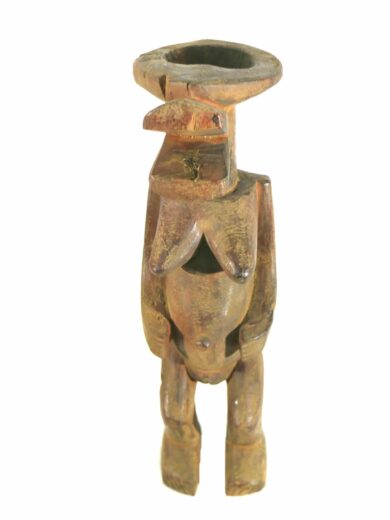

Reviews
There are no reviews yet.